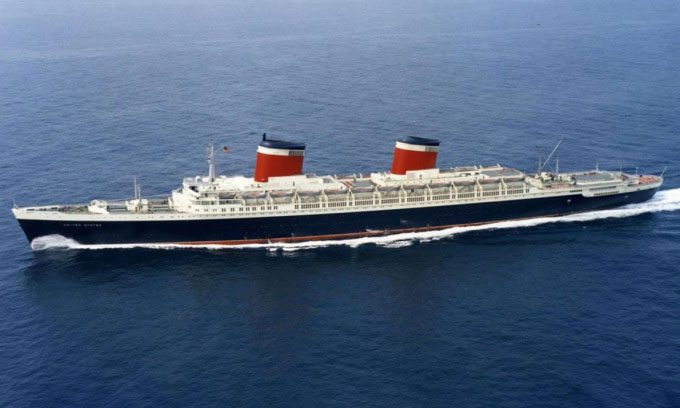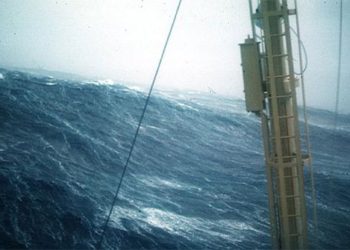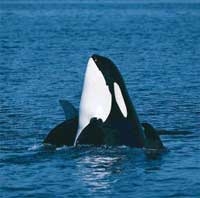Once the largest passenger ship in the United States, SS United States may soon be sunk to create an artificial reef, providing economic and environmental benefits.
SS United States, a historic passenger ship and once a symbol of luxury in America, may soon “rest” at the bottom of the Gulf of Mexico, according to Interesting Engineering on October 2. Okaloosa County in Florida has signed a preliminary agreement to sink the vessel and turn it into the largest artificial reef in the world.

Passenger ship SS United States. (Photo: SS United States Conservancy)
Built in 1952, the SS United States is approximately 300 meters long, 30 meters longer than the Titanic, and was the largest passenger ship in the U.S. It set records with its astonishing speed and made headlines for crossing the Atlantic Ocean on its maiden voyage.
The SS United States was designed by the renowned naval architect William Francis Gibbs and constructed using the most advanced technology of its time. The U.S. government heavily funded the shipbuilding process with the intention of converting it into a military transport vessel if necessary. Its speed and high safety features were influenced by military ship design, making it one of the safest and fastest ships of its era. There was no wood used in the passenger areas due to Gibbs’ concerns about fire hazards.
The rise of the aviation industry and various other factors led to the SS United States “retiring” in 1969, just 17 years after its launch. Several owners attempted to convert the ship into a museum or tourist attraction, but these efforts were unsuccessful. As a result, it was left abandoned for decades.
Currently, the proposed solution is to surrender the SS United States to the sea, transforming it into an artificial reef off the coast of Florida. This solution is seen as an opportunity to preserve the ship while also benefiting the environment and the local economy. Once submerged, the SS United States will join a network of over 500 artificial reefs in the region.
The new role of the SS United States will be as a diving and fishing attraction, potentially generating millions of dollars annually for the local tourism industry. Besides its economic potential, converting the ship into a reef will also benefit marine life. Artificial reefs provide shelter and breeding grounds for many species, enhancing biodiversity and improving the overall health of marine ecosystems.





















































